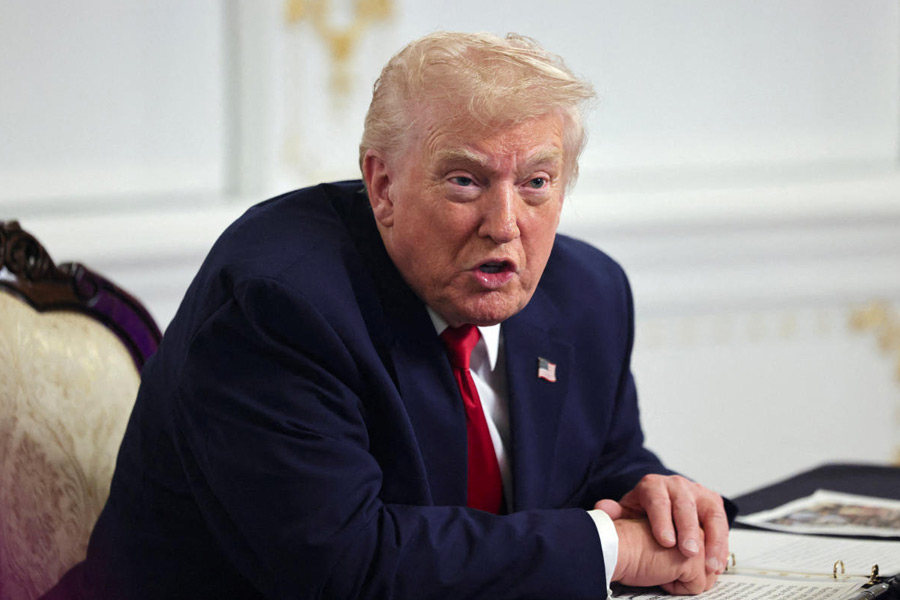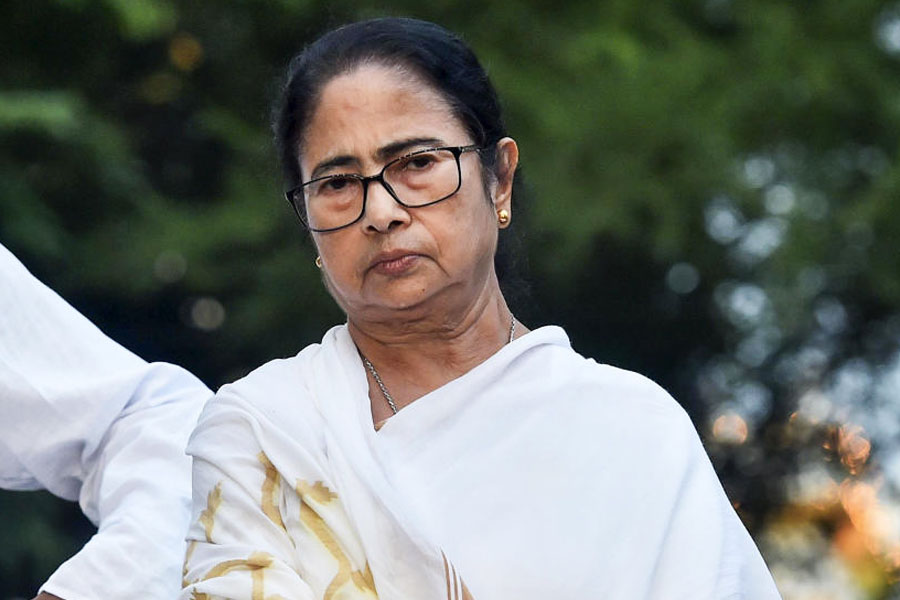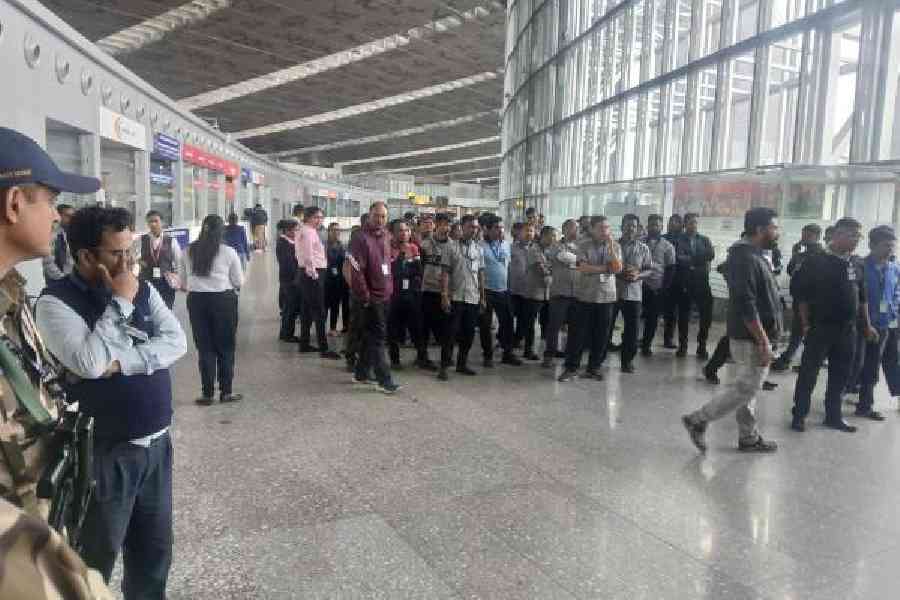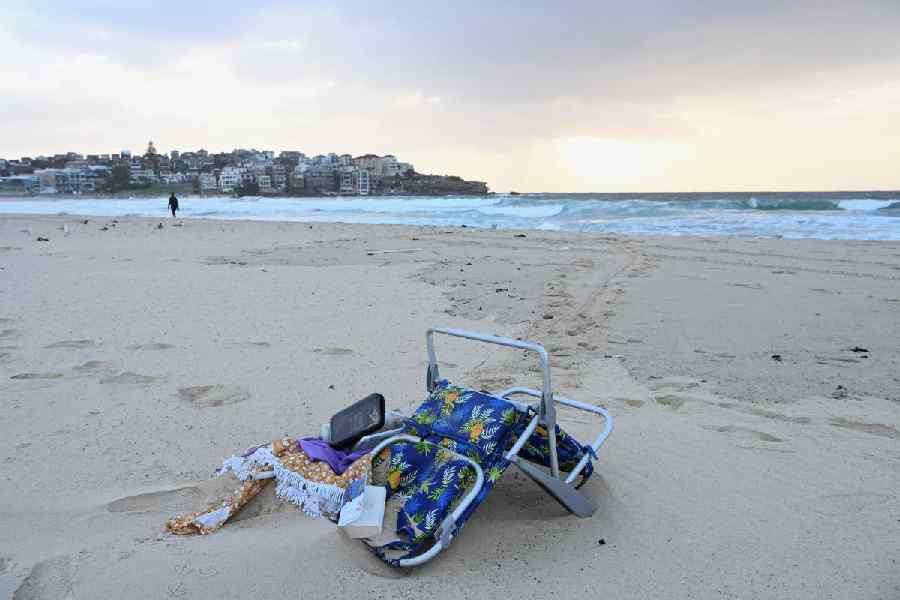No more than three Bengali films will release on the same high-business days, film producers, directors, and technicians decided at a joint meeting.
The meeting between the Eastern India Motion Picture Association (EIMPA) and the Federation of Cine Technicians and Workers of Eastern India aimed to prevent multiple big-budget films from clashing on prime release dates — a trend that filmmakers said has hurt the already ailing local industry’s box-office returns.
Though no official statement has been issued, participants said several key decisions were reached:
- A screening committee will draw up a calendar of 10 prime release days, including major festivals
- No more than three films will open on any of these days
- Producers will receive prime slots proportionate to the number of films they commit annually
- Technicians’ working hours are capped at 18 hours a day
- A 33% wage hike for technicians was agreed upon
Representatives of leading production houses, distributors, and exhibitors attended the meeting on Wednesday.
“Simultaneous releases affect business. We have decided on 10 prime dates. Those who release six films a year will get four prime dates, those who release four or more will get two, and those who release two or more will get one,” said Piya Sengupta, EIMPA president and head of the screening committee.
Sources said three production houses have committed to six films a year, and four others to four films a year.
“The screening committee will ensure proper screen allocation so that there is healthy competition and everyone gets an equal chance,” said Firdausul Hasan, producer and committee member.
The move follows a chaotic Durga Puja season when four much-anticipated Bengali films — Dev’s Raghu Dakat; Prosenjit and Srabanti’s Devi Chowdhurani; Raktabeej 2, featuring Abir Chatterjee, Mimi Chakraborty, Ankush Hazra, and Koushani Mukherjee; and Joto Kando Kolkatatei, inspired by Satyajit Ray’s stories and featuring Abir as Topshe — released simultaneously, sparking disputes among producers, distributors, and exhibitors over screen sharing.
The new panel was formed to avoid such clashes. Five big-budget films were initially slated for Christmas 2025, but two have now been pushed to January 2026.
“It’s very important to devise a roadmap to prevent multiple major releases from colliding. It’s not desirable,” said Shiboprosad Mukherjee, producer, filmmaker, and actor.
On the technicians’ front, Swarup Biswas, president of the federation, told Metro: “Earlier, there were no fixed working hours. Shoots often stretched beyond 20 hours. It would be very taxing for technicians. With an 18-hour cap and a 33% pay hike, technicians are happier and more motivated.”
In August, the state government announced that every cinema screen in Bengal, including multiplexes, must show at least one Bengali film during prime time (3pm-9pm).










